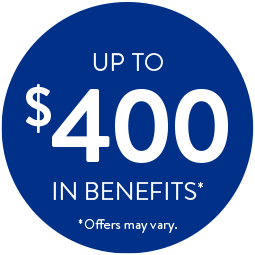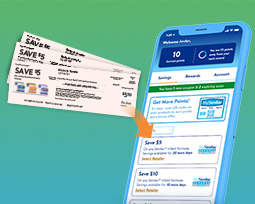-
Search
-
Login
-
My Cart
Every baby moving toward toddlerhood develops at a slightly different pace. What babies between the ages of 8 months and 1 year share are developmental mile markers that each will reach, sooner or later. Hold on tight, parents, and enjoy the ride!
Feeding schedule at ages 8 to 9 months: At 8 to 9 months of age, your baby may be drinking 7 to 8 fl oz of formula or breast milk, 3 to 4 times a day.
Feeding schedule at ages 9 to 12 months: Between 9 and 12 months, your baby will likely be drinking 7 to 8 fl oz of formula or breast milk, 3 times a day.
Generally, at 8 months, your little one is starting to crawl, cruise, and experiment with all-new ways to explore the world around them.
They’re on a roll. By the end of this month, they will likely be able to:
Fine-tuning motor skills. Support your baby’s fine and gross motor skills by:
Safety tip: Make sure baby’s crib mattress is in the lowest setting once they can pull up to stand.
For a good night’s sleep, create a routine. Now is a great time to create regular bedtime rituals. A soothing activity that lasts 10 to 30 minutes, such as reading a picture book or doing quiet activities together, is ideal. This will help your baby look forward to bedtime and find it easier to adjust when you finally leave the room.
At this age, your baby might be developing the ability to grab anything within reach. They might be able to say “mama,” too, although it’s completely normal for babies to go months longer before they start saying recognizable words.
All babies develop at different rates. In general, by the end of your baby's ninth month, they will likely be able to:
Your baby has learned so much during the past 8 months. Here are some simple ways to help continue to build their cognitive skills:
At 10 months, babies are typically interacting more with people and showing off new skills at every chance. Help your baby adapt to their expanding world by reciting nursery rhymes, singing songs, and taking them to new places for the first time.
All babies develop at different rates. In general, by the end of month 10, your baby will likely be able to:
It’s never too early to inspire your baby’s creativity. Here are fun, simple ideas to spark their imagination:
Your baby might be more active than ever and begin to explore their surroundings more. Whether they’re cruising around the living room furniture, standing on their own, or climbing up (but not down) the stairs, consider taking new steps to make your home safe from their curious roaming.
All babies develop at different rates, so don’t worry if your baby does something later or earlier than other children. In general, by the end of their 11th month, your baby will be able to:
Eleven months is a great age to nurture your baby’s growing brain and developing hand-eye coordination with these activities:
It’s a good idea to install safety gates or other barriers at the top and bottom of stairs. Here are some other tips to help keep your baby safe:
Your baby is developing a personality all their own, and it shows. They’re about to start the physical changes of leaping into toddlerhood, so it’s time to prepare for the next growth spurt.
You’ve both come so far in the first year, and your baby will continue to develop at their own pace. Generally, by the end of month 12, your little one will be able to:
Help keep your baby’s brain developing through play in social settings and during your individual time with them.
If your 1-year-old is still on the bottle, these tips could help them transition to a sippy cup:
Now that your toddler is transitioning to table foods, it can be hard to tell if they are getting the nutrition they need. This might be a good time to add in a toddler drink, like Go & Grow 360 Total Care® by Similac®. It’s designed to help balance a toddler’s diet and support brain, eye, and physical development from ages 12 to 36 months.
Join MySimilac™ Rewards for up to $400* in benefits and support throughout your journey.
* Offers may vary and are provided by Abbott and its third-party partners. Additional terms, conditions, and restrictions may apply. Offers may be subject to additional shipping and handling fees. Visiting participating healthcare facilities may be required to claim select offers.

† Submit registration to read details.

† Submit registration to read details.

You’re just a few Clicks away from enjoying the convenience of digital savings from MySimilac™ Rewards.